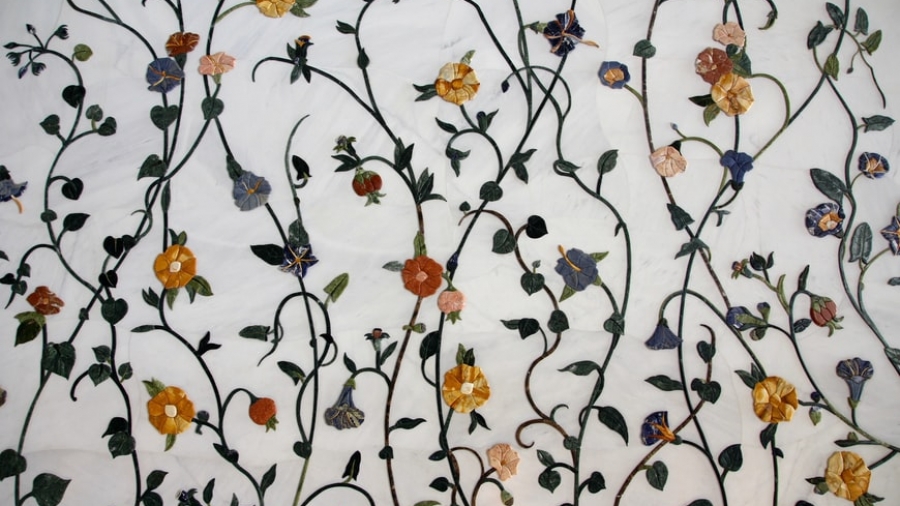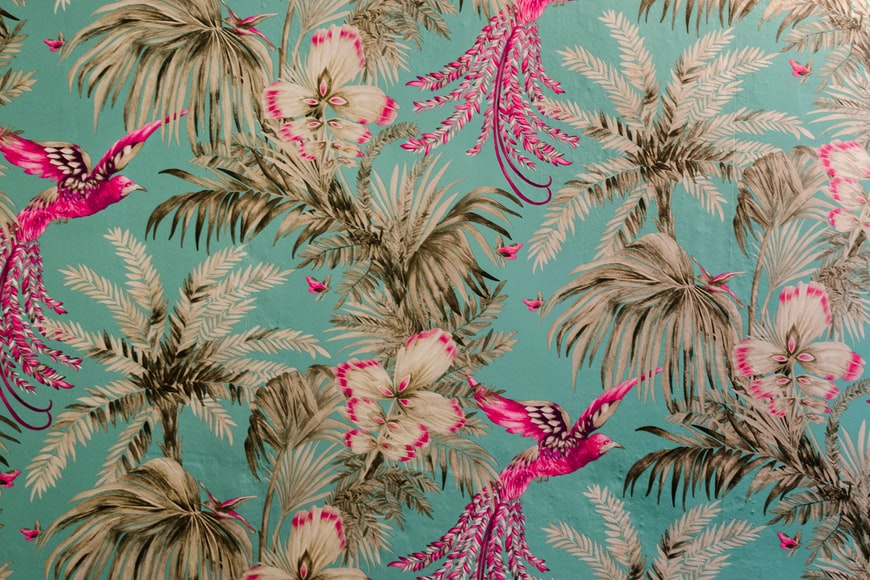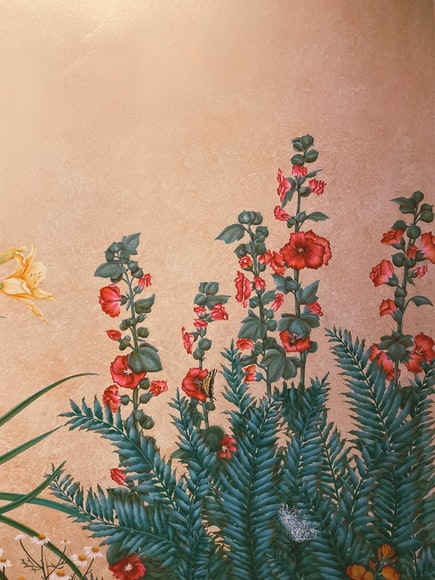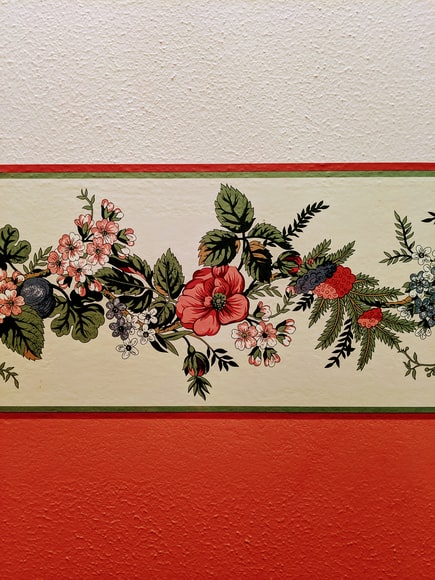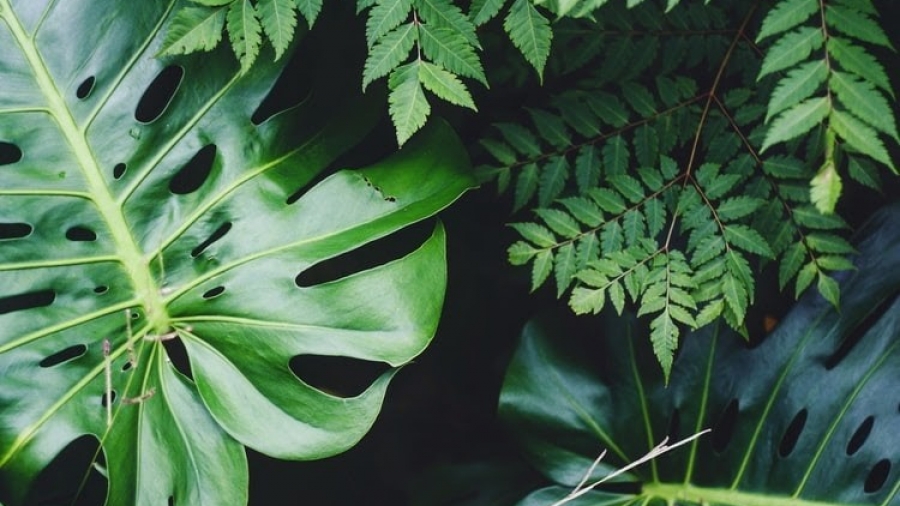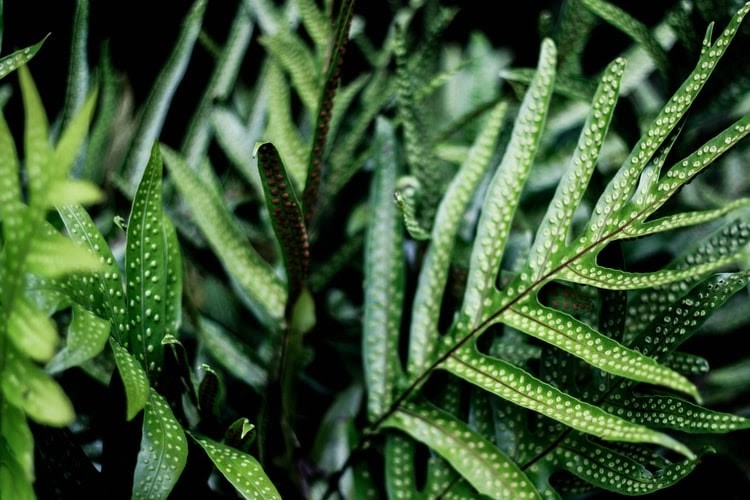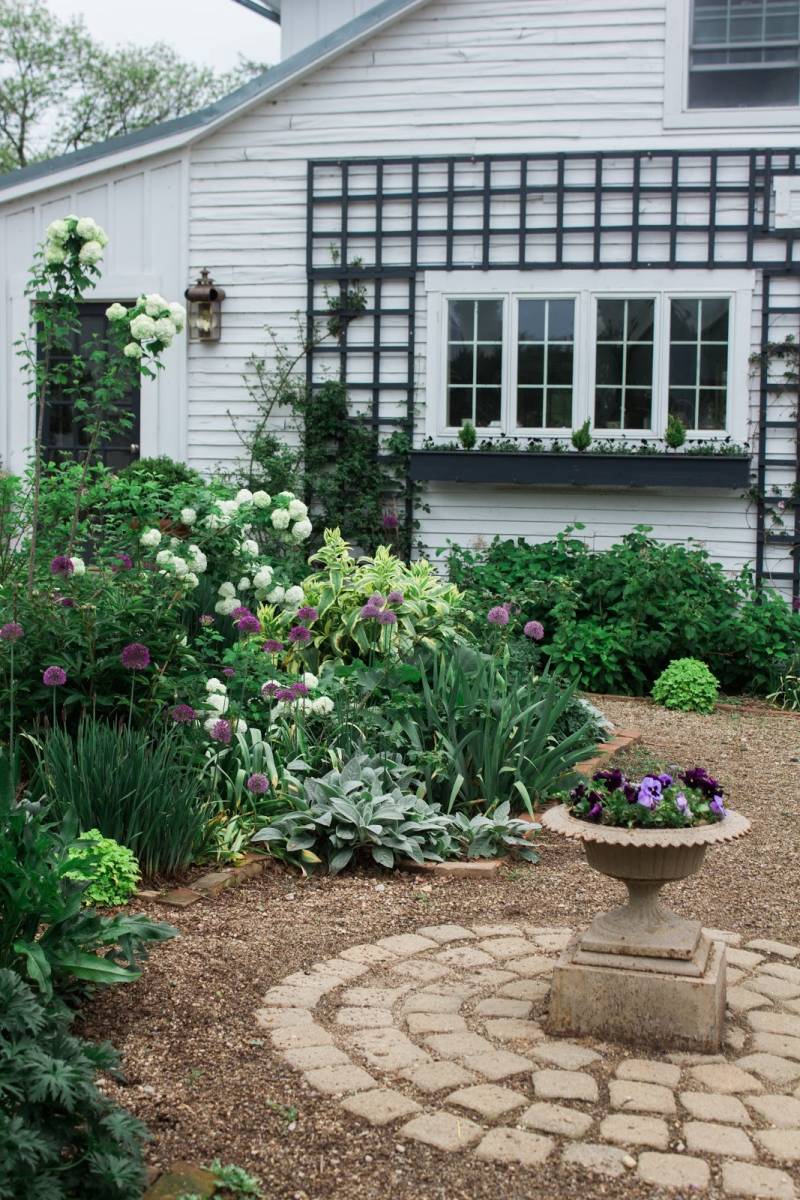Alright, let’s talk windows because nothing says “we’ve got our act together” like a sparkling, streak-free storefront or office building. If you’re a business owner in Brisbane, you already know that first impressions matter. Dirty windows? Yeah, not a great look. But finding a window cleaner who actually shows up on time, doesn’t leave water spots everywhere, and doesn’t charge like they’re polishing diamonds? That’s the real challenge.
This isn’t just about aesthetics (though, let’s be honest, clean windows do make everything look 10x better). It’s about professionalism, safety, and not having to explain to customers that no, your café isn’t supposed to look like a foggy bathroom mirror. So, we’ve done the legwork and found the top five window cleaning services in Brisbane that actually get it when it comes to commercial needs.
What Makes a Window Cleaner Exceptional for Businesses?Not all window cleaners are created equal—especially when it comes to commercial work. A good residential cleaner might make your home windows shine, but businesses need more: reliability, scalability, and the ability to clean without turning your office into a slip-and-slide.
Commercial Expertise and Proper Insurance
You don’t want some guy with a squeegee and a dream. Businesses need cleaners with proper insurance, certifications, and experience handling commercial spaces. If they’re working on high-rises, they better have the right safety gear too.
Scalability for Different Business Sizes
A small café and a corporate high-rise have very different needs. The best cleaners offer flexible service packages so you’re not paying for a full deep clean when you just need a monthly touch-up.
Specialised Equipment for Tricky Jobs
Not every window is ground level. Some services bring water-fed poles, scaffolding, or even abseiling gear for those hard-to-reach spots.
Flexible Scheduling (Because Business Doesn’t Stop)
The last thing you need is a cleaner showing up during peak hours, blocking your entrance with ladders. Top-tier services work around your schedule—early mornings, weekends, whatever keeps things running smoothly.
Transparent Pricing (No Hidden Surprises)
Nobody likes invoice shock. The best companies give clear quotes upfront so you’re not hit with extra charges for “difficult windows” (yes, that’s a real thing some cleaners try to pull).
How We Picked the Best Window Cleaners
We didn’t just Google “Brisbane window cleaners” and call it a day. Here’s how we narrowed it down:
- Customer Reviews & Reputation: If a company has a trail of happy (or furious) customers online, we noticed.
- Commercial Experience: We prioritised cleaners with proven business clients, not just homes.
- Reliability & Consistency: Because a one-time miracle clean doesn’t help if they ghost you next time.
- Professionalism: From communication to equipment, we looked for services that take the job seriously.
Top 5 Window Cleaning Services in Brisbane
Brisbane Window Clean (Pure Water Tech)
Overview: These guys specialise in pure water cleaning—no chemicals, just spotless windows. Great for businesses that want an eco-friendly touch.
Commercial Services: Regular maintenance cleans, one-off deep cleans, and high-rise work.
Notable Clients: Cafés, retail stores, and office buildings across Brisbane.
Pricing: Custom quotes, but competitive for eco-focused cleaning.
Why Pick Them? If you hate streaks and love sustainability, they’re a solid choice.
Sparkle Window & House Cleaning
Overview: Fast, efficient, and great for businesses that need more than just windows cleaned.
Commercial Services: Window cleaning, gutter cleaning, and pressure washing.
Notable Clients: Small to medium businesses in North Brisbane.
Pricing: Free instant quotes online—no waiting around.
Why Pick Them? If you need a one-stop shop for exterior cleaning, they’ve got you covered.
Kenni’s Window Cleaning
Overview: A local favourite with a focus on meticulous exterior cleaning (frames, tracks, the works).
Commercial Services: Regular window maintenance for shops and offices.
Notable Clients: Boutique stores and smaller commercial spaces.
Pricing: Straightforward pricing with no hidden fees.
Why Pick Them? They pay attention to details—no half-arsed wipe-downs here.
Optima Cleaners – Our Top Pick
Overview: Reliable, well-rated, and currently offering a sweet $50 discount for first-timers.
Commercial Services: Tailored cleaning for offices, retail, and industrial spaces.
Notable Clients: Various Brisbane businesses (check their 4.8/5 reviews).
Pricing: Transparent, with discounts for regular bookings.
Why Pick Them? Great balance of quality and affordability.
ICU Cleaning
Overview: No online booking, but their personalised phone service means you get exactly what you need.
Commercial Services: High-rise, retail, and industrial window cleaning.
Notable Clients: Larger commercial properties.
Pricing: Call for a quote (old-school, but effective).
Why Pick Them? If you prefer talking to a real person, they’re your crew.
Quick Comparison Table
| Service | Best For | Price Range | Scheduling | Extras? |
|---|---|---|---|---|
| Brisbane Window Clean | Eco-friendly cleans | $$-$$$ | Flexible | Pure water tech |
| Sparkle Window | All-in-one exterior cleaning | $-$$ | Fast booking | Gutter cleaning |
| Kenni’s | Detailed exterior cleans | $$ | Reliable | Frame & track focus |
| Optima Cleaners | Budget-friendly quality | $-$$$ | Flexible | $50 first-time discount |
| ICU Cleaning | High-rise & large commercial | $$$ | Phone booking only | Abseiling available |
Picking the Right Cleaner for Your Business
Not every business needs the same service. Here’s how to choose:
- High-traffic venues (cafés, shops): Go for frequent, affordable cleans (Sparkle or Optima).
- High-rises or tricky access: ICU Cleaning or Brisbane Window Clean.
- Eco-conscious brands: Brisbane Window Clean’s pure water system.
- Need more than windows? Sparkle does gutters and pressure washing too.
Red Flags to Watch For:
- No insurance or certifications.
- Vague pricing (“we’ll see when we get there”).
- Bad communication (if they take a week to reply, imagine booking them).
Keeping Windows Clean Between Professional Visits
Even the best cleaners can’t fight nature forever. Here’s how to keep things looking sharp:
- Wipe down interior glass regularly (microfibre cloths work wonders).
- Schedule deep cleans quarterly for high-traffic spots, bi-annually for offices.
- Consider self-cleaning glass if you’re renovating—worth the investment.
Final Thoughts
So, there you have it—the best window cleaners in Brisbane who won’t leave you hanging (or streaky). Whether you need a one-off deep clean or regular maintenance, one of these five will have you covered.
Now, go forth and enjoy that crystal-clear view—your customers (and your Instagram pics) will thank you. And if you’ve found your perfect match? Book ‘em before someone else does. Windows this clean won’t stay a secret for long.







